CORFU, IONIAN SEA – Off the northwestern coast of the mainland, Corfu rises out of the Ionian Sea, a Greek island with Italian flair and a relative lushness that make it a rarity in the archipelago. The Venetians occupied Corfu for 400 years, encouraging the planting of oil producing olive trees and transforming the island into one of Greece’s greenest. Their architectural influence shines in Kerkyra (Corfu Town), a hive of shops and tavernas sequestered behind Italianate facades. Beyond this picturesque capital, seaside towns, bustling with bars and shops stocked with beach apparel and souvenirs, alternate with stretches of pristine coastline.

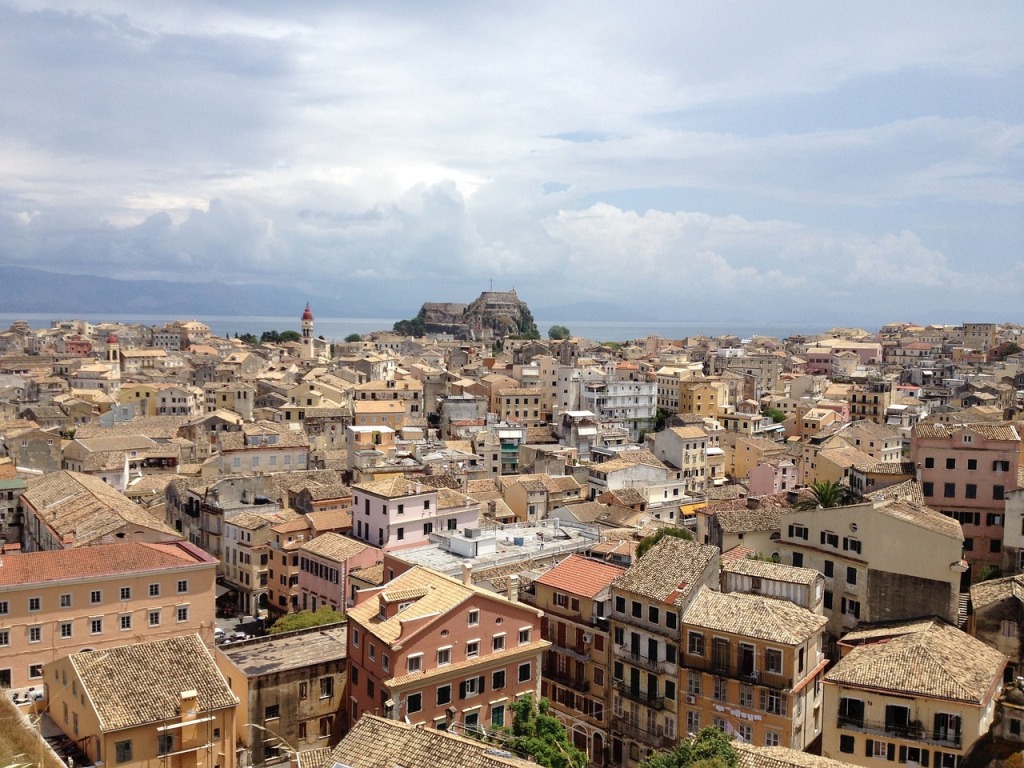
Inland, elderly women and priests in sweeping black robes inhabit small stone villages. These quiet towns hunker amid vineyards and olive goves, offering a glimpse into the lives of Corfiots off the tourist trail, although many visitors come simply to relax on sunny stretches of sand and pebble beaches beside the teal water.
Here is how to make the most of your time in Corfu. East of Kerkyra town center, boutiques selling lace shawls, textiles, gowns, and even furs line town’s twisting streets. Thanks to its olive groves, though Corfu is known for the olive-wood creations.
Shop for sculptures, bowls and utensils in Workshop by Tom, a craftsman’s studio in an alley off the main shopping boulevard of Nikiforou Theotoki. For local treats such as olives, olive oil, and kumquat liquer pop into To Paradosiako.
Further down the small narrow lane, look for the red-topped tower of Saint Spyridon church, where the remains of Corfu’s patron saint rest in an elaborate silver casket. Gleaming icons emblazoned with Spyridon and other religious figures spill out of neighboring stores and street stalls.
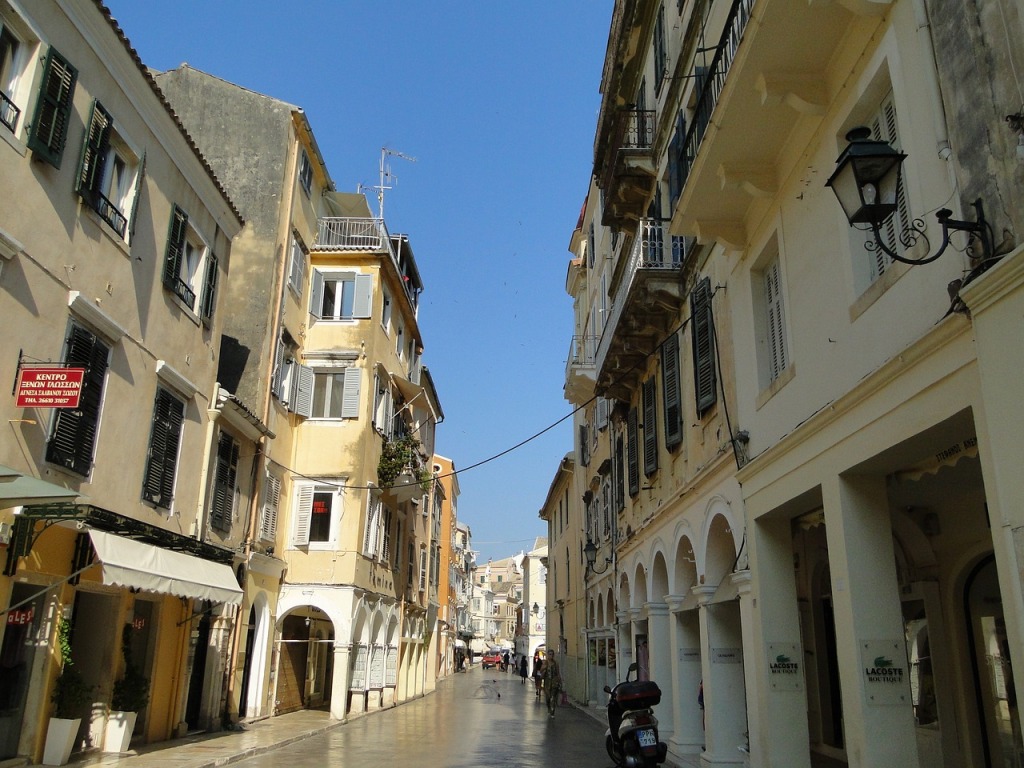
Take a break from shopping at one of the tavernas in the colonnaded arcade of the Liston, overlooking the grassy spianada. Aegli Restaurant, for instance serves a mix of Italian, Greek and Corfiot fare, such as sofrito (veal cooked with parsley, garlic, olive oil and white wine vinegar).
A half an hour drive northwest of Kerkyra brings you to Paleokastritsa, where cliffs pockmarked by caves embrace multiple coves. Restaurants and a small dock for organized boat trips line Agios Spyridon, one of Paleokastritsa’s most popular beaches for couples and families. It’s conceniently located just off the main road, EO Kerkiras Palaiokastritas.
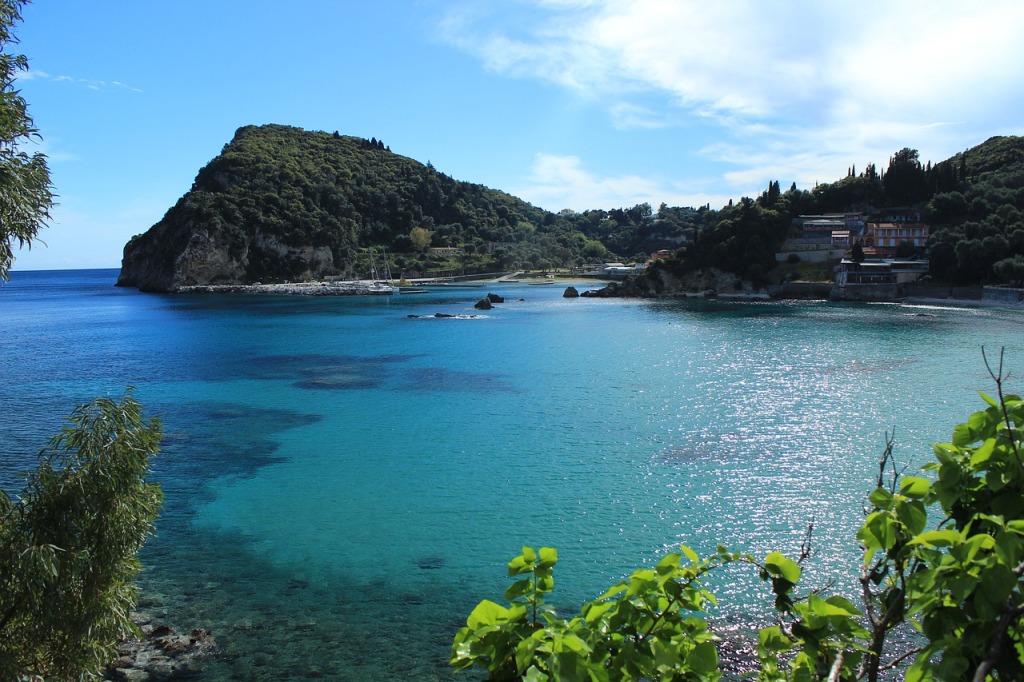
Carry on northeast along the same road for more dramatic views as it ascends and stop at Belvedere Restaurant, overlooking humbacked hills framing Platakia Beach and the Alipa marina.
A gyro, salad, and glass of Hellas lager at the poolside bar and taverna will set you back about 20 $ view included.
Over the centuries, the Byzantines, Italians, French and British have occupied Corfu taking advantage of its strategic position in the Ionian Sea just south of the Adriatic. To protect the port at Kerkyra, the sixth – century Byzantines erected a fortress that became the base for a Venetian structure now known as the Old Fortress to the east, the Venetians also built the sixteenth century New Fortress to the west. Explore shadowy passages and lofty overlooks, where you can drink in panoramic views or maybe something stronger, as each fort houses a cafe bar.
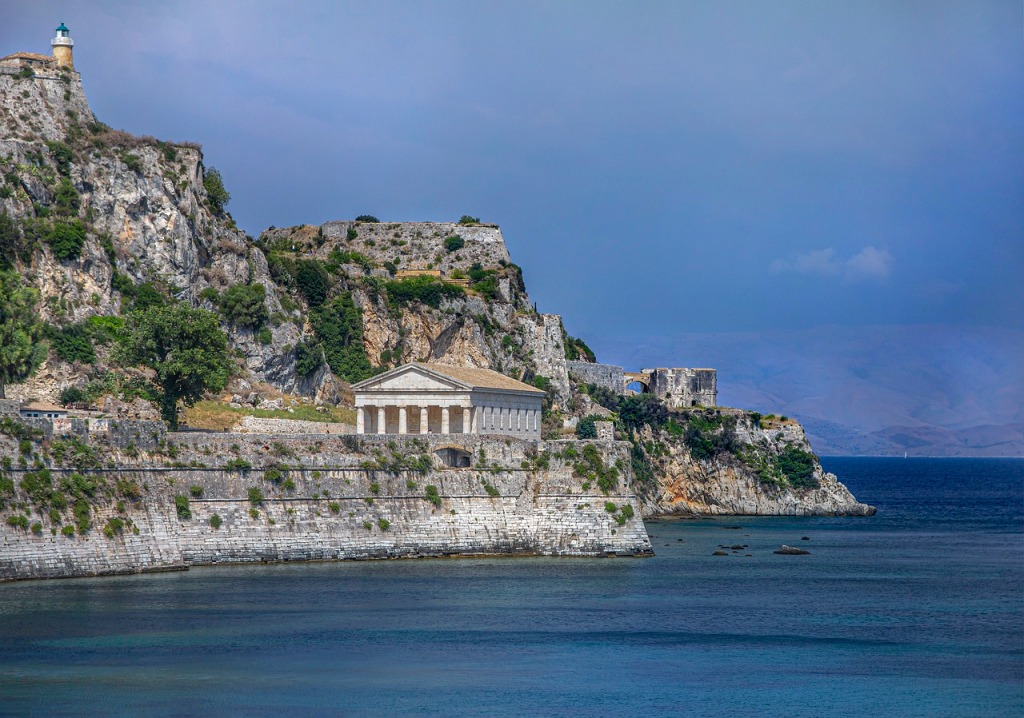
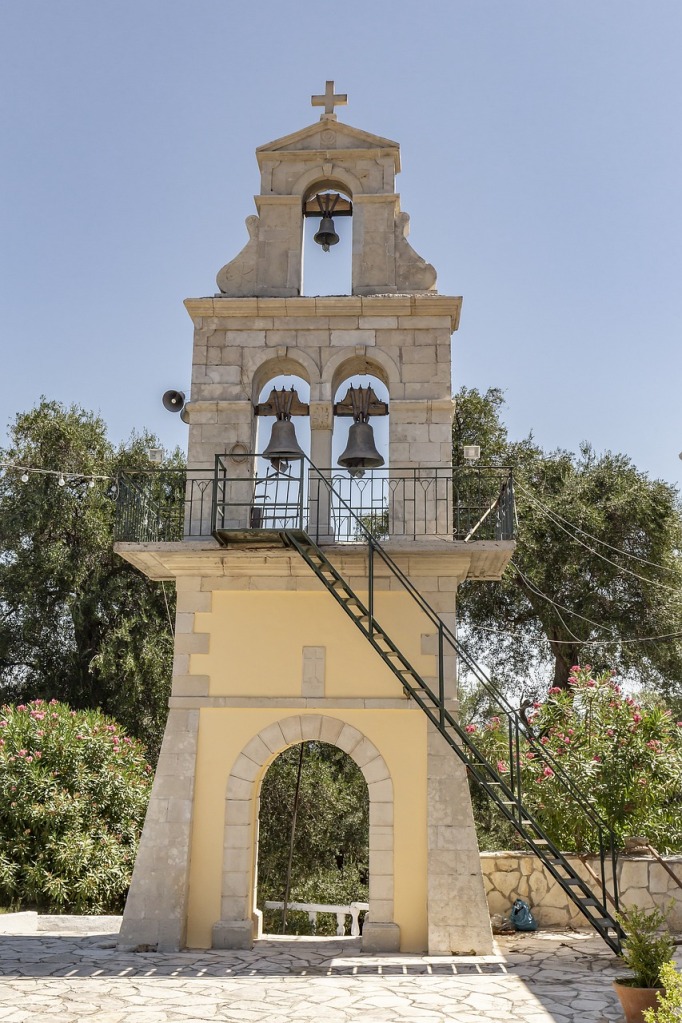
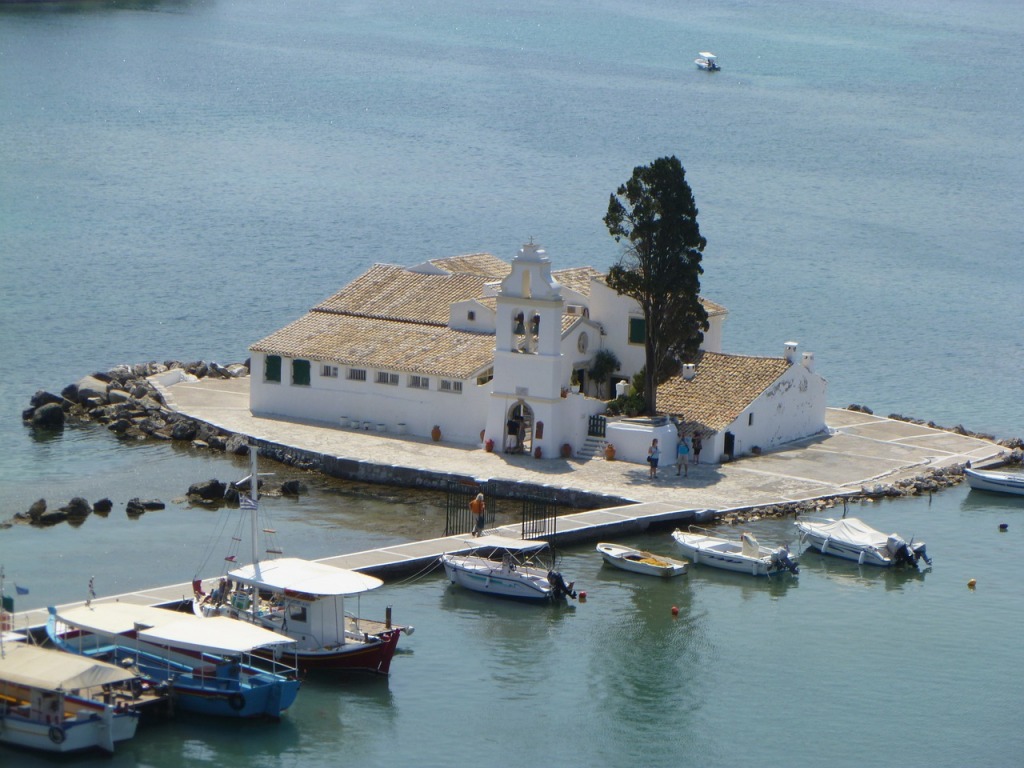
Kerkyra’s museums offer an opportunity to dig deeper into the area’s history.
To see carvings and religious icons dating back to the fifteenth century, visit the Antivouniotissa Museum. The Museum of Asian Art houses approximately 15000 artifacts within the Palace of Saint Michael and Saint George, and the Archaeological Museum, famed for its sixth-century BC Gorgon frieze, is expected to reopen this year following a renovation.
Take a short drive to the Mon Repos Estate, now the Archaeological Museum of Palaeopolis, which is devoted to Corfu’s past, with ancient ruins in the gardens.Originally built as a private residence for the British Lord High Commissioner, Sir Frederick Adam, it’s famed today as Prince Philip’s 1921 birthplace.
For sheer grandeur, head south along the east coast to Achilleion,Empress Elisabeth of Austria’s 1890 neoclassical palace.
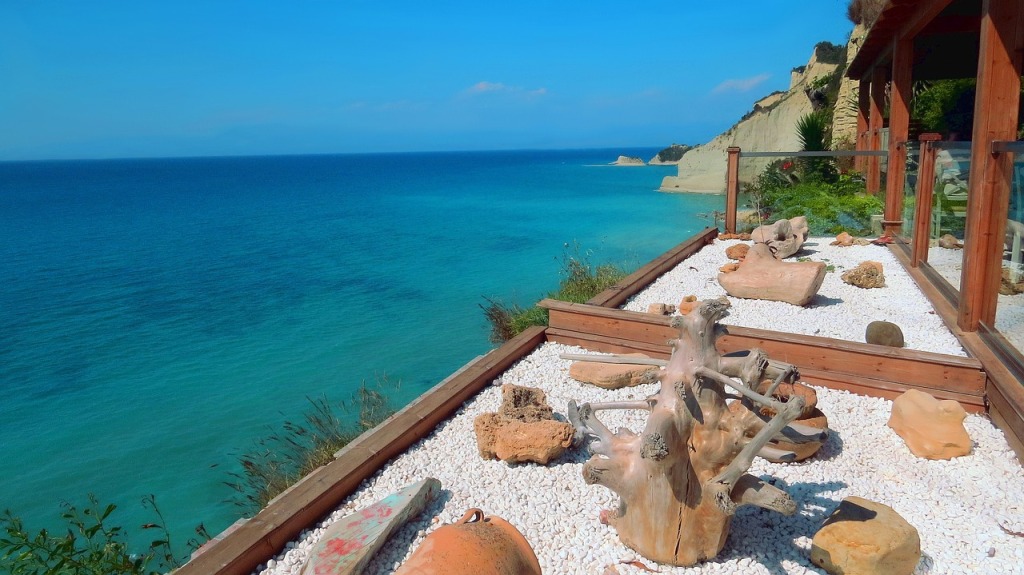
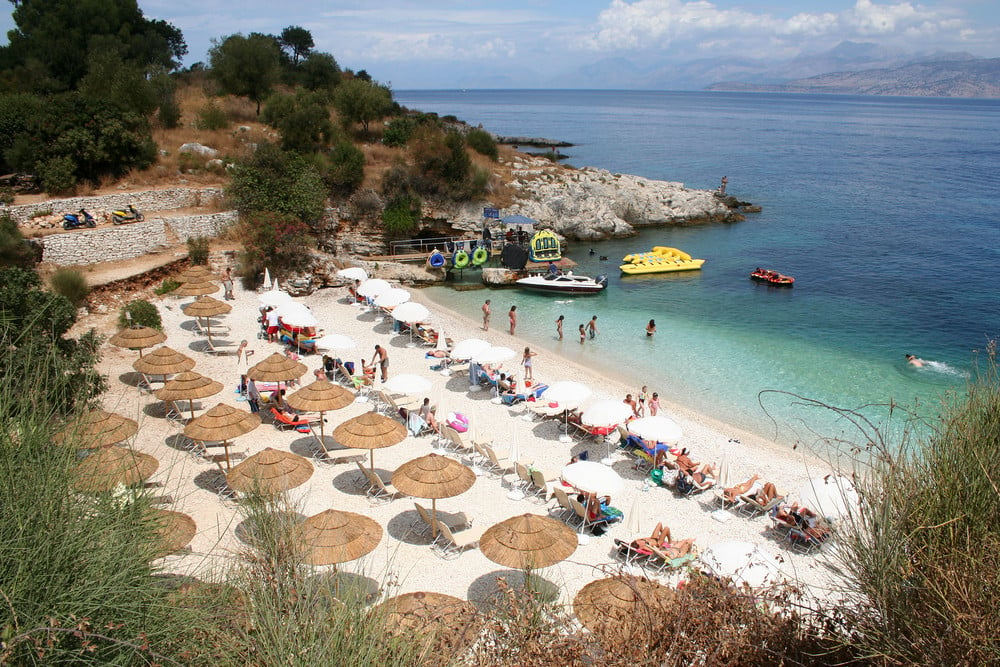
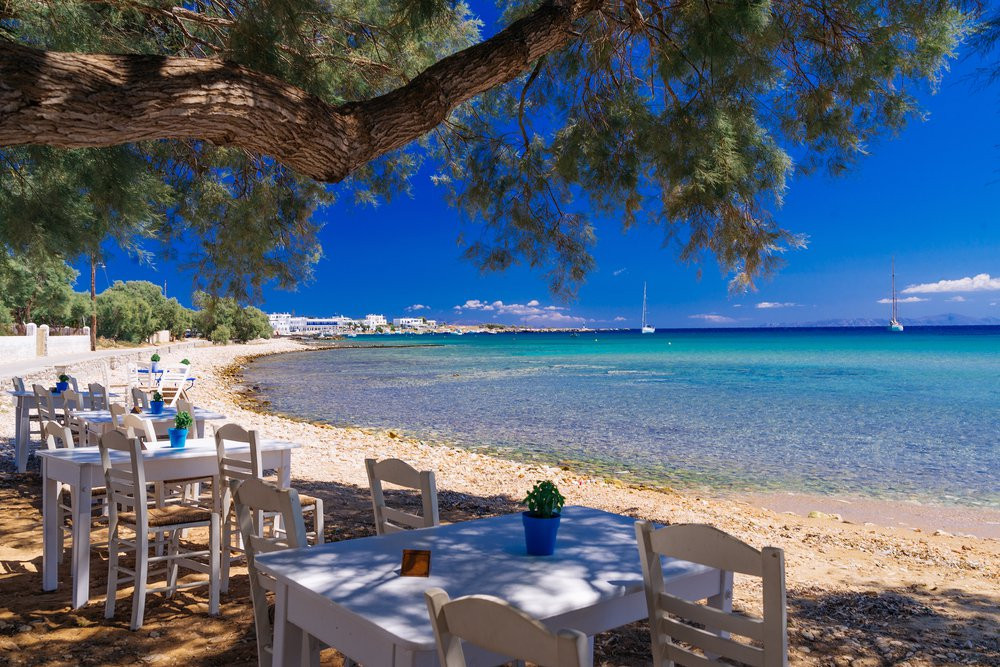
Old Perithia, an 80-minute drive north of Kerkyra, dates to at least the fourthteenth century and remains almost unchanged since then. Just four permanent residents inhabit this lonely cluster of stone cottages on the slopes of Mount Pantokrator, Corfu’s highest peak, but it’s experiencing a mini-renaissance with the opening of a cluster of tavernas frequented by Corfiots and tourists alike. Come for a traditional Greek lunch and a walk around this quiet ghost town to see how locals lived centuries ago.
Find Latest holiday hotel & villa direct booking deals in Corfu at Corfu villas and Hotels
Subscribe
Enter your email below to receive updates.
Sign up to our newsletter for beautiful hotels, villas, destinations and things to do.
Promotion:
Exclusive direct SALE promotions in selected Hotels and Villas



Keywords: #corfuthingstodo #corfuisland #greekislands #ioniansea #mediterraneanislands #bestisland #corfugreece #booking #bookinghotelin #waytomakeatravel #bookinghotelincorfu #bestvillasincorfu #villasincorfu #Kerkyra @bookinghotelincorfu @corfuisland
Other similar stories: Well Palace Hotel FloatingMountainvilla Paradise of eternal summer Promotions – Book without FEE

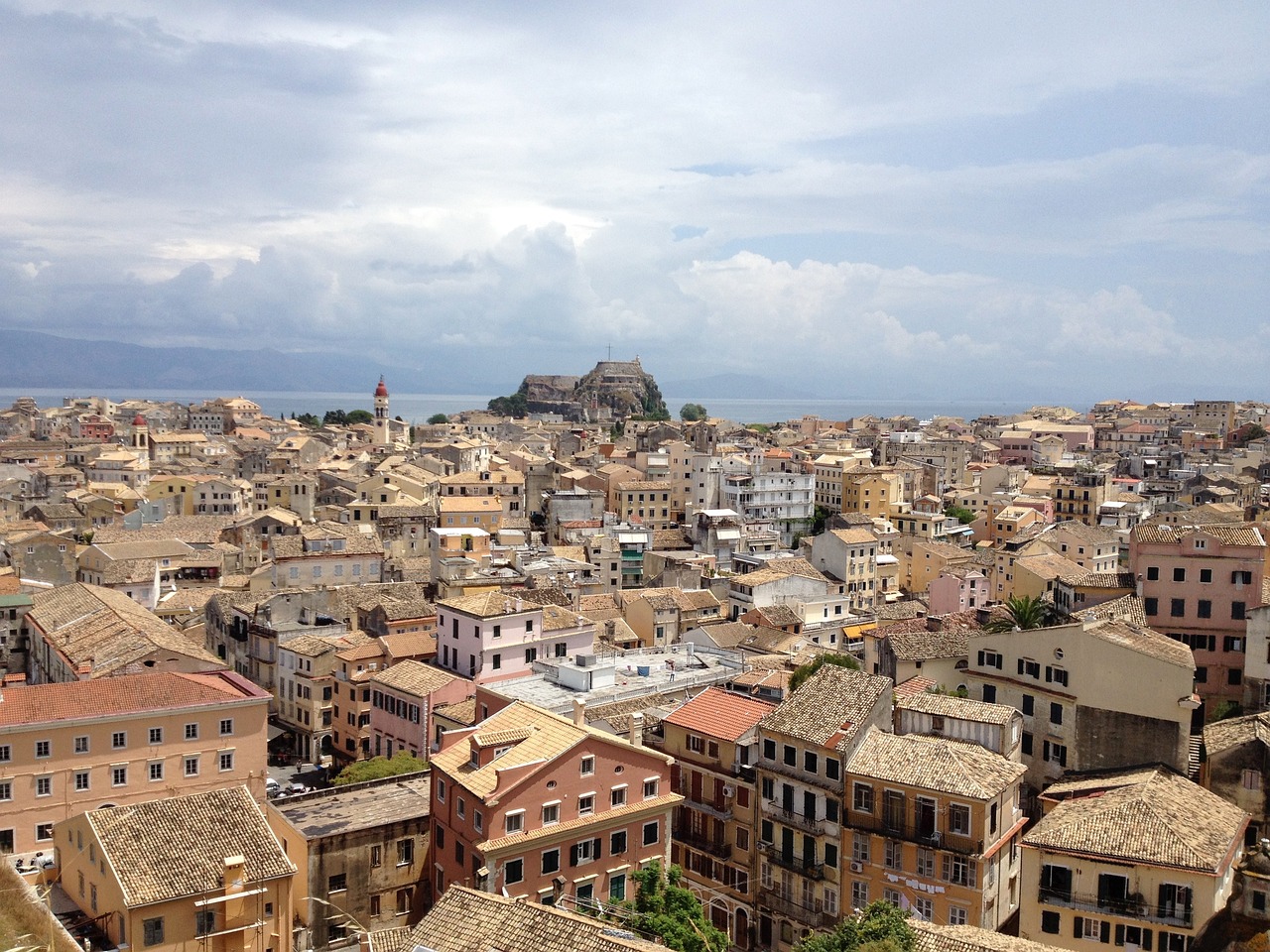
One thought on “A standout among the Ionian isles”